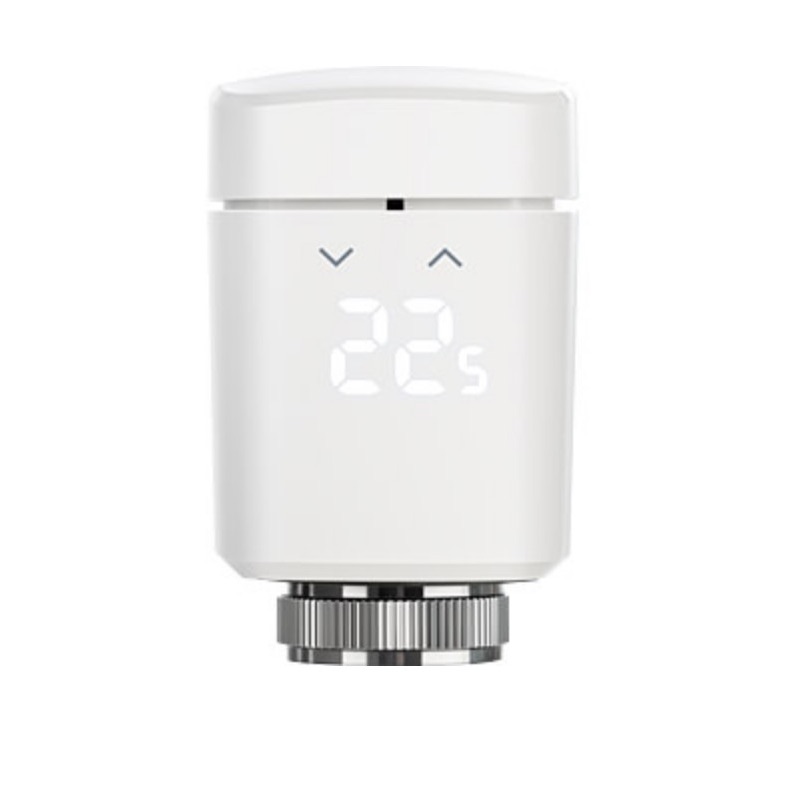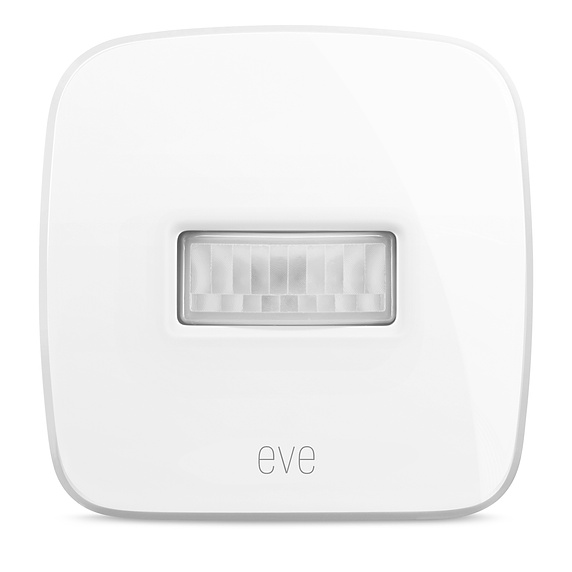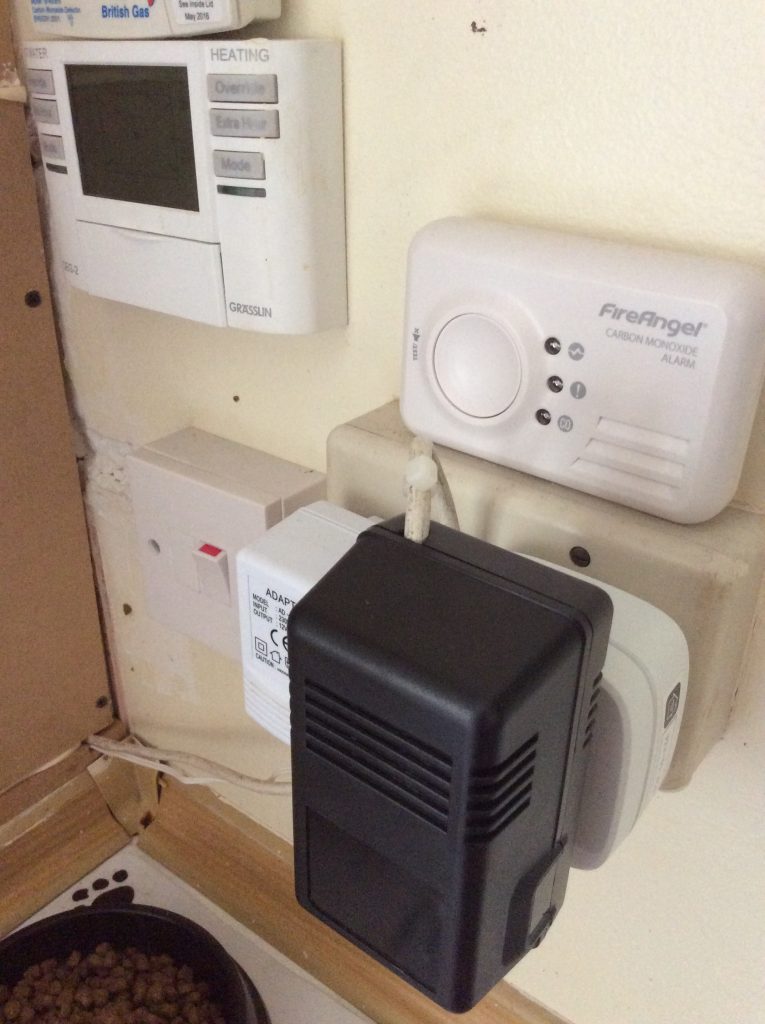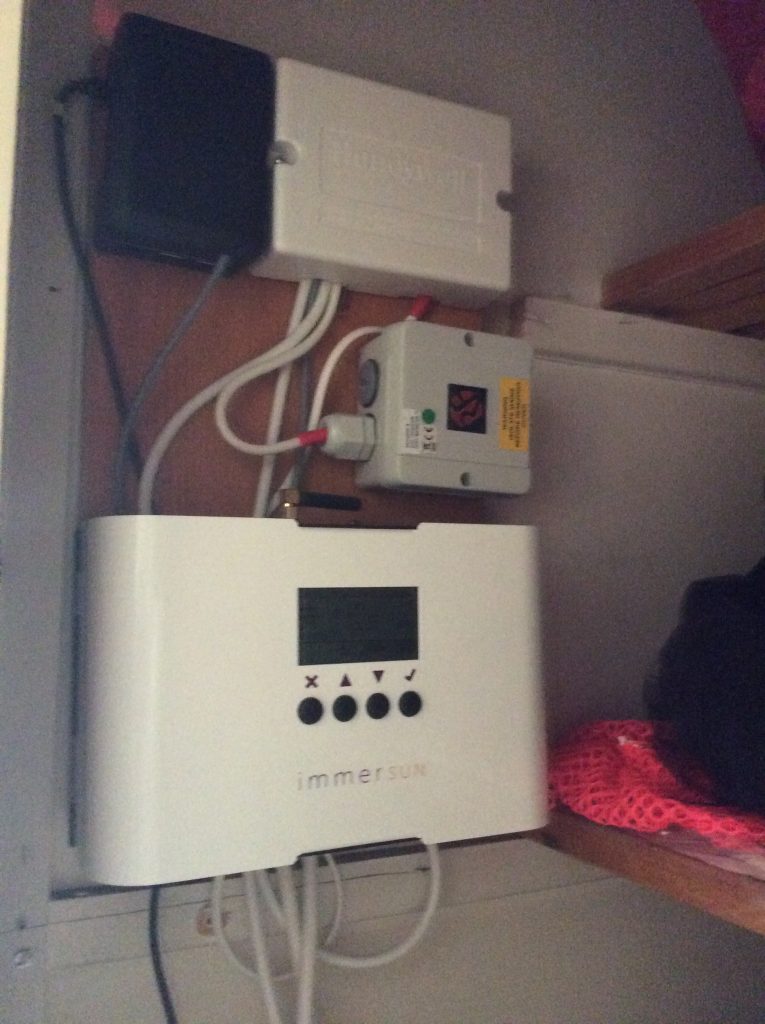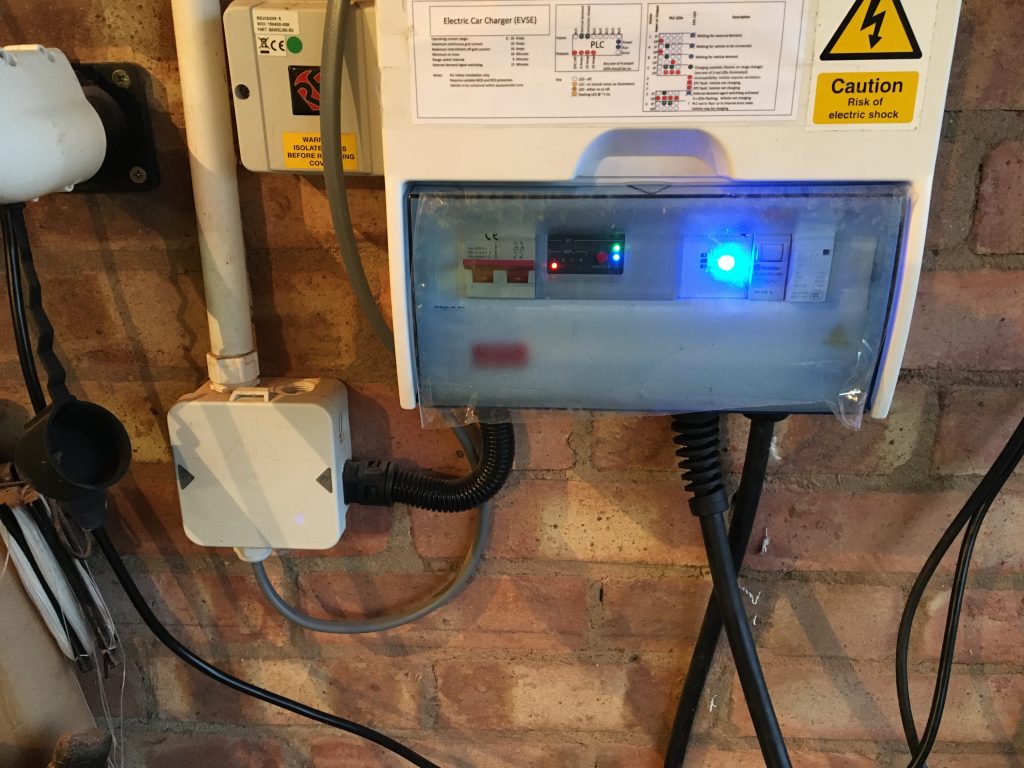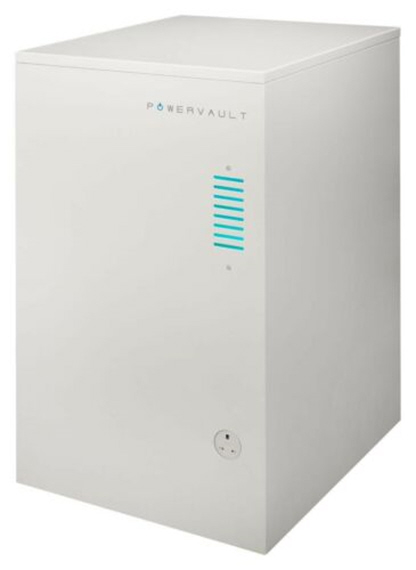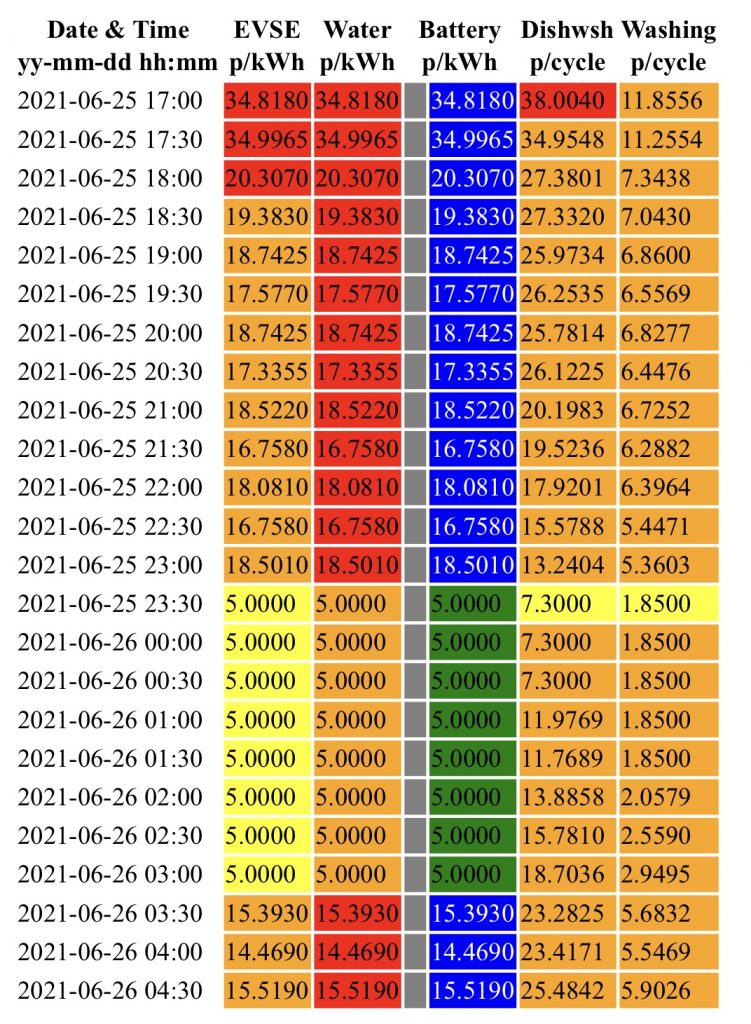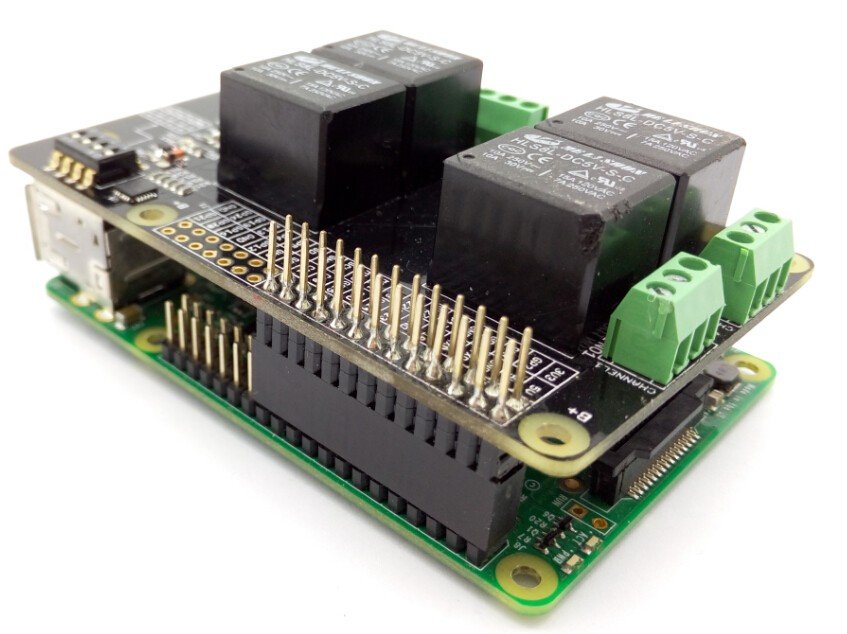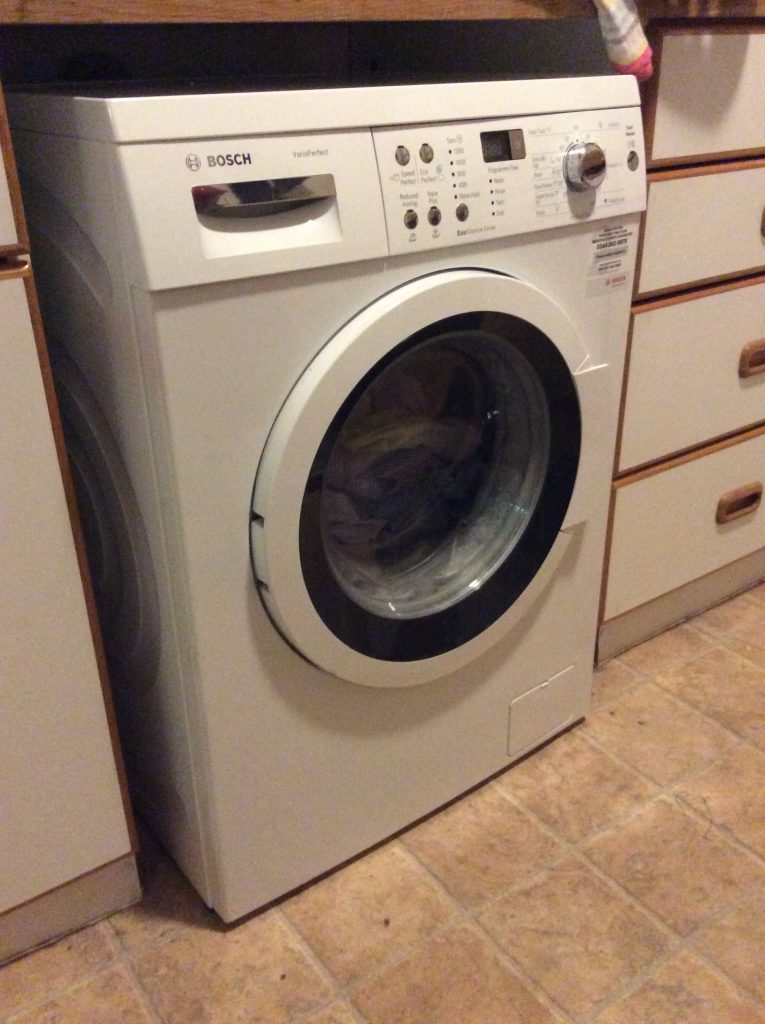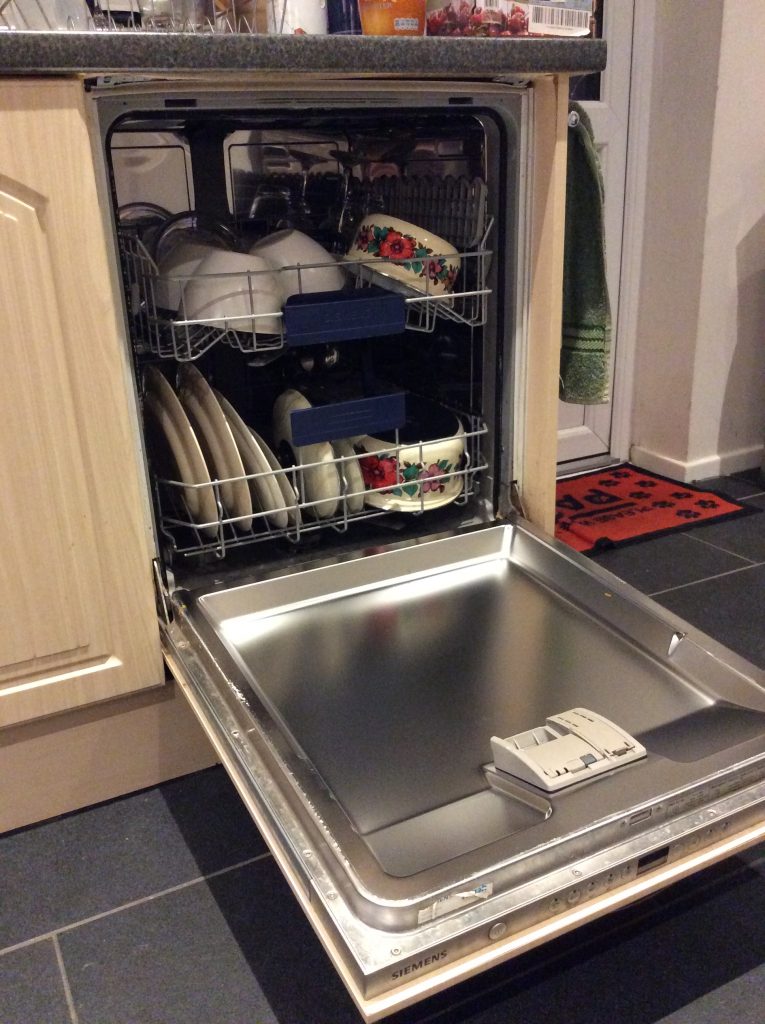So here’s the question – is it better to heat the home continuously or to only heat it when you need it? You may think that’s obvious as I did but a recent debate elsewhere suggests that there’s a variety of opinion out there, so let’s explore the relavent issues:
- Heat loss from the building
- The efficiency of the heating appliance (boiler, heat pump etc)
- The degree to which the building acts as a thermal store.
Heat Loss from the Building
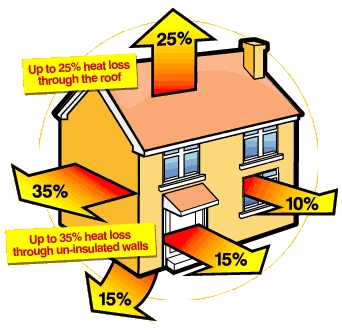
Whether we consider walls, floors, roofs or windows everything around the boundary of a building contributes to heat loss. However well insulated there will be a flow of heat through the structure (let’s assume brick for the moment). Heat will travel from hot places (usually inside the building) to cold places (usually outside the building). Insulation can help reduce the flow but the flow still makes place. One key way to reduce the flow is to reduce the internal temperature so, for example, if the outside temperature is 10 C and you reduce the internal temperature from 20 C to 19 C then you’d expect to reduce the loss by 10% – was driven by a 10 C temperature difference now driven by a 9 C temperature different which is 10% less than 10 C.
I’m an advocate of switching heating off when not needed – typically overnight when in bed asleep or during the day when out at work. Turning the heating off obviously immediately cuts the energy use, the temperature of the house then starts to drop as the heat flows out through the walls and other components of the boundary, the energy flow gradually reduces as the internal temperature drops towards the external temperature, and eventually the flow stops if the internal temperature reaches the external temperature.
The question is then how much heat energy does it take to get the temperature back up to a comfortable level and potentially are there issues with efficiency of the heating appliance.
Efficiency of the Heating Appliance
Any heating device will have an efficiency at which it coverts energy in the fuel to useful heat output. Typically these are less than 100% as some of the fuel energy ends up as waste energy rather than useful heat. The exception to this is a group of electrical heating devices known as heat pumps. Heat pumps as their name suggests pump heat from one place to another – typical from the outside air or under the ground – so as they heat the house they also cool the source and thus their efficiency is more than 100% since much of the heat output comes from the source being cooled and not from the electricity supply. However I’m going to consider a condensing gas boiler as one of the most common domestic heat sources in the UK.
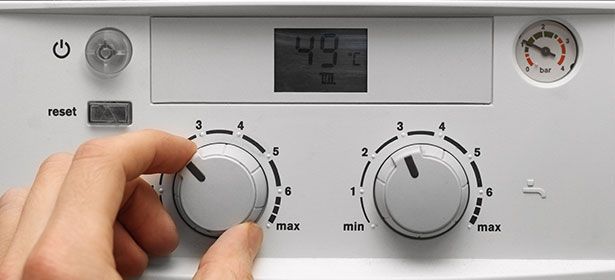
A condensing gas boiler is more efficient than prior generations of gas boiler as it uses waste heat in the flue gas to preheat the water before it gets heated in the conventional main boiler. To get the preheating to work efficiently then the flue gas has to be hotter than the return water.
Typically the user sets the temperature if the hot water generated by the boiler (which may vary seasonally) – the flow temperature. The hot water is then pumped round through the radiators causing the radiators to heat the rooms and the water temperature to drop, the return water is preheated by the flue gasses and then heated in the boiler itself before going round again. Best efficiency is obtained by maximizing the extraction of heat from the flue gasses, which typically requires the following conditions:
- The flow temperature is below 70 C
- The return temperature is below 55 C
- The difference between the above is around 20 C
There are arguably two typical uses of the boiler for space heating: (i) relatively low demand to maintain the current temperature and (ii) relatively high demand to get the building to the required temperature. The latter would be expected to push the return temperature lowest and thus most likely to condense, so if the size of the load makes a difference at all then you’d expect high load to be more efficient. That’s good news for those who tend to turn their heating off at times, as the resulting peak loads shouldn’t have lower efficiency than continuous use.
Thermal Mass
The thermal mass of the building is its ability to store heat. Storing heat alone over time doesn’t really add to the energy requirements to heat a home, but it can make a home slower to cool down or faster to heat. You might imagine a stone cottage for example having a relatively high thermal mass. On the other hand a modern house have a stud walls internally (and even externally if it’s a wood-framed home) which have very little thermal mass. At the other extreme I’ve seen experimental homes with so much mass (such as earth banks) that it can take over a year to warm up.
The combination of the amount of thermal mass and the amount of insulation will determine the time constant associated with heating and cooling or how long it takes for the structure to warm up.
In extreme, if your thermal mass is enormous, then you may be able to heat your thermal mass enough in summer to heat the house in winter but you’d need to actively heat the thermal mass in summer – such as by diverting the output from solar panels – just having a big thermal mass without actively heating it would leave the mass at an average annual temperature likely below what is comfortable in winter.
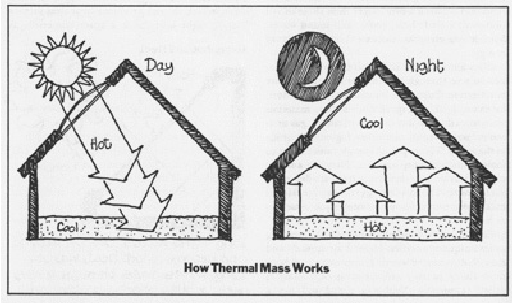
So where does that leave me with the question of turning off my heating when not required? Well, it would seem that (i) a reduced internal temperature would reduce heat losses while the heating is off which should mean less heat input to get the air temperature back later and (ii) running the boiler at relatively high load to get the temperature back isn’t an efficiency issue as high demand promotes a low return temperature.
What about experimentally?
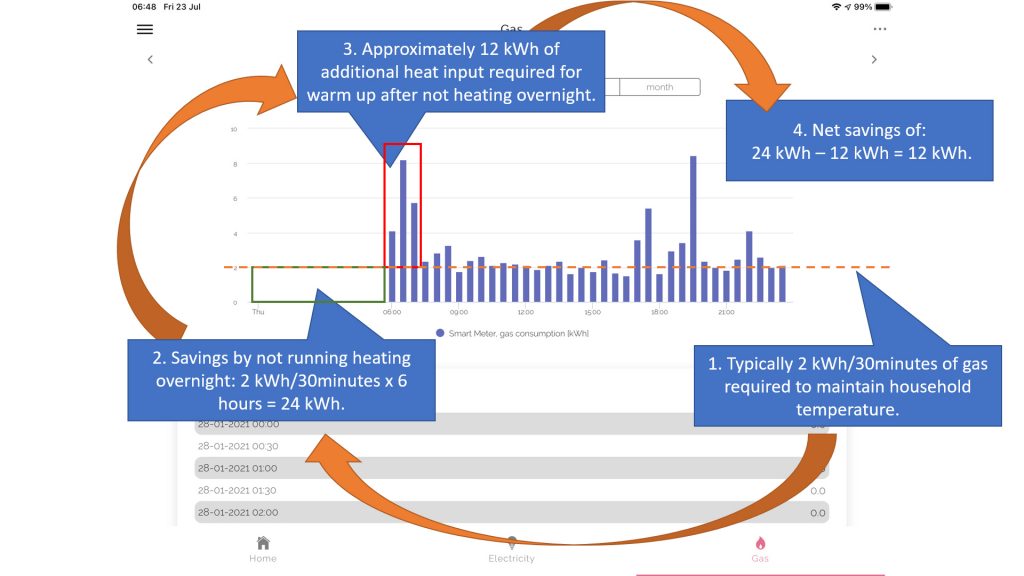
The above graphic shows a very typical winters day with the home occupied. The blue upright bars are half-hourly gas consumption readings from my smart meter. The blue bars show six hours of no heating overnight, an hour and a half of relatively high demand to heat the house up to temperature, and then lower demand (generally to maintain the temperature) through the day. The orange dashed line shows the typical level of heat input required to maintain the temperature – 2 kWh/half-hour. The green box shows the period overnight with no heating. If the home had been heated during this time that would have been 6 hours of heating at 2 kWh/half-hour = 24 kWh of additional heat input. The red box shows the actual heat input required to reestablish the comfort temperature – 2 kWh + 6 kWh + 4 kWh in each half hour respectively = 12 kWh. Over all I saved around 24 kWh – 12 kWh = 12 kWh overnight and more if the heating had been off during the day too. Since the data is taken from the incoming gas supply then the above savings include the effects of any variation in boiler efficiency between low heat demand to maintain temperature and high heat demand to establish temperature.
It thus seems that turning off the heating when not required saves energy compared to running the heating at a constant temperature both theoretically and experimentally.

